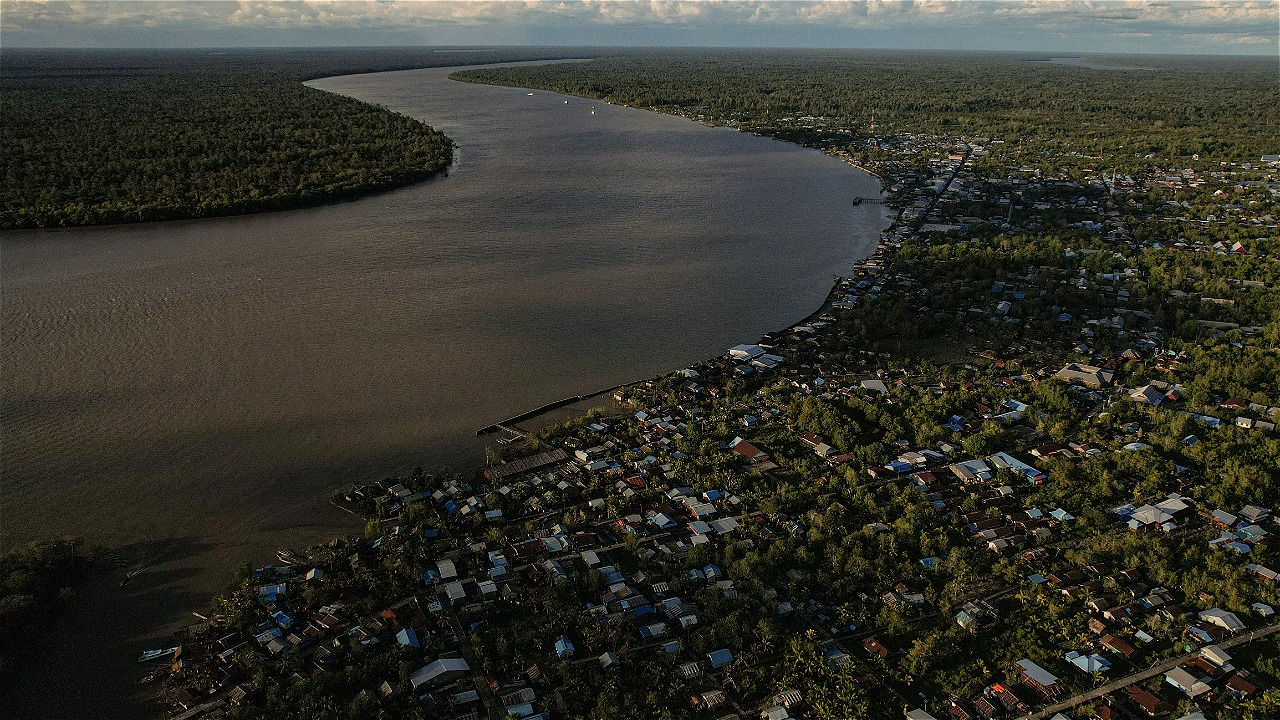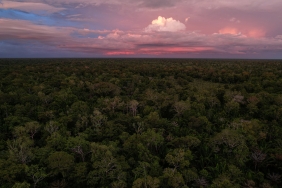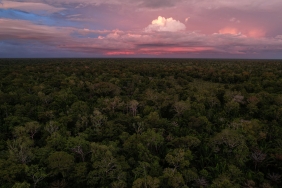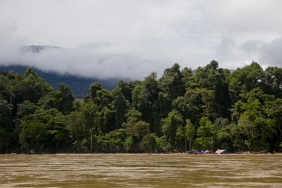WIKA RUMBIAK, BREAKING WITH TRADITION TO PROTECT VILLAGERS' CUSTOMARY TERRITORIES
By: Ade Erawati Sangadji (Learning Centre & Marketing Communication Coordinator Papua Program)
Papua is not only rich in natural resources, but also culture. The diversity of tribes in Papua illustrates how rich its customary traditions are. Villagers have begun to realize the importance of protecting their customary territories. One form of protection that they do is to conduct participatory mapping of their customary territories. The map is not only a cultural identity or a negotiation tool to synergize development programs at the village level, but also minimizes inter-tribal agrarian conflicts that have the potential to occur in indigenous communities.< br />
In some places in Papua, for example in Yahukimo Regency, especially in Kurima District, participatory mapping of indigenous peoples is carried out by men only. Women are not allowed to convey information related to sacred places to outsiders. Some sacred places are only known by men. The entire mapping process, from drawing a mental map (an image produced from one's mind towards an object -Red) to all the information in it, is carried out by men.
"The presence of women in the mapping process at that time was a taboo," said Wika Avelino Rumbiak, a woman of Biak descent who currently serves as the Regional Spatial Plan Coordinator. She was involved as a facilitator in an indigenous area mapping activity in Kurima District, Yahukimo Regency. His job was to help the community map their village area, gather social information and then validate it with a ground check. He had no prior knowledge of the tradition. Likewise, the community seemed unaware of her existence as the only woman involved in the mapping series. The indigenous people only realized it when the map was about to be legalized, and they immediately raised objections. The map could only be legalized after going through a traditional ceremony or ritual such as "rejecting bad luck" because it had involved women in the process.
Wika, a woman born in Yogyakarta on February 14, 1980, has many stories about her involvement in the community mapping process. She has been involved in mapping conducted by WWF-Indonesia Papua Program since 2003. "At that time I was an intern for three months, and continued to be an honorarium worker for one and a half years and was involved in river order digitization activities from Landsat imagery in Merauke Regency," Wika recalled with a smile. For participatory mapping activities, Kurima District was her first debut. Going up and down the mountains, walking in and out of the forest, crossing rivers, staying in honai and people's homes were all part of her validation and ground checks.
"There is a special pleasure when working with the community in making maps. Seeing indigenous people who have been able to interpret Landsat imagery maps for the first time and the appearance of the Earth, such as rivers, mountains, springs, hunting grounds, is very moving," she said. The woman who graduated from Gajah Mada University's post-graduate master's program in Environmental Management in just 13 months continued, "Communication problems are still often encountered, often we use sign language. Many of them don't go to school and are illiterate, but their hands deftly draw their mental maps. They really understand what they are doing."
Wika realizes that she learns a lot from indigenous people and that is very valuable knowledge for her. This is also why she traded in two years of her doctoral studies to get more involved in mapping in Asmat Regency. Yakapis Village, Asmat Regency has its own story for Wika. "The jew house, the house of the Asmat stag, which can only be visited and occupied by men, was used as a house for participatory mapping discussions and for that I even stayed overnight in it," she said. "Unlike the tribes in the highland areas of Kurima District, in Asmat, there is no particular ceremony or ritual because of the involvement of women. In the jew I was given a place in the corner near the stove, they made sure I was comfortable from mosquitoes or the cold of the night, and I was very honored," recalled Wika who finally completed her doctoral study in Environmental Science at the Faculty of Geography UGM in 2017.
Currently, Papua Province has adopted community-managed space based on participatory mapping at the village level in the provincial spatial policy. But not necessarily the task has been completed. There are still many things to be addressed and guarded, but Wika is optimistic that indigenous Papuans have a bargaining position in the management of their customary territories.





